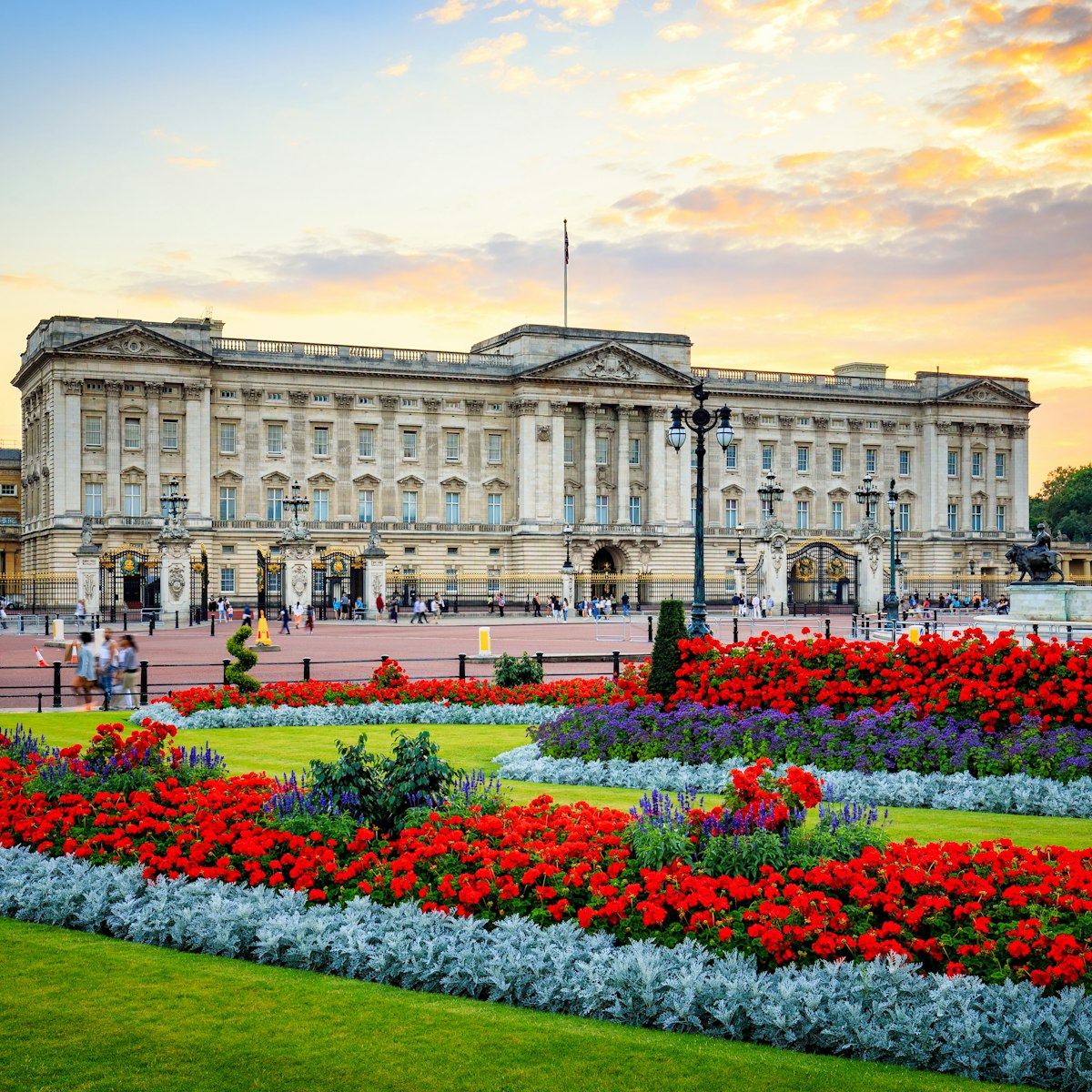From a monastery, to a Tudor mansion, to the charitable foundation that's operated here since 1611, Charterhouse has played a discreet but important part in London's story. Visitors have free access to the small museum, the chapel and the main court, but must join a one-hour tour to see more (£15 and well worth it). These run two to three times daily and take in the most historic rooms and courts, and the cloister.
Although Charterhouse was founded in 1371 as a Carthusian monastery (the name derives from Chartreuse in France, where the order is based), the site's history began in 1348 when what is now Charterhouse Sq was used as a plague burial ground during the great epidemic of the Black Death. Some of the bodies were recently excavated during the Crossrail works (a new underground train line) and one skeleton is exhibited in the museum.
In 1537 the monastery was dissolved and the property transferred to King Henry VIII. The prior and 15 of the monks were executed. They were the first of England's Catholic martyrs of the Reformation and three of them were subsequently canonised.
The king sold the property in 1545 to Sir Edward North, who converted it into his London mansion, knocking down the original church and much of the cloister in the process. In 1611 it was purchased by Thomas Sutton, known at the time as the ‘richest commoner in England’. In his will, Sutton directed that it should become a school for boys and an almshouse for ‘destitute gentlemen’. Around 40 pensioners (known as ‘brothers’) still live here today; women were admitted for the first time in 2017. Charterhouse School moved to Surrey in 1872 and is still going strong.







